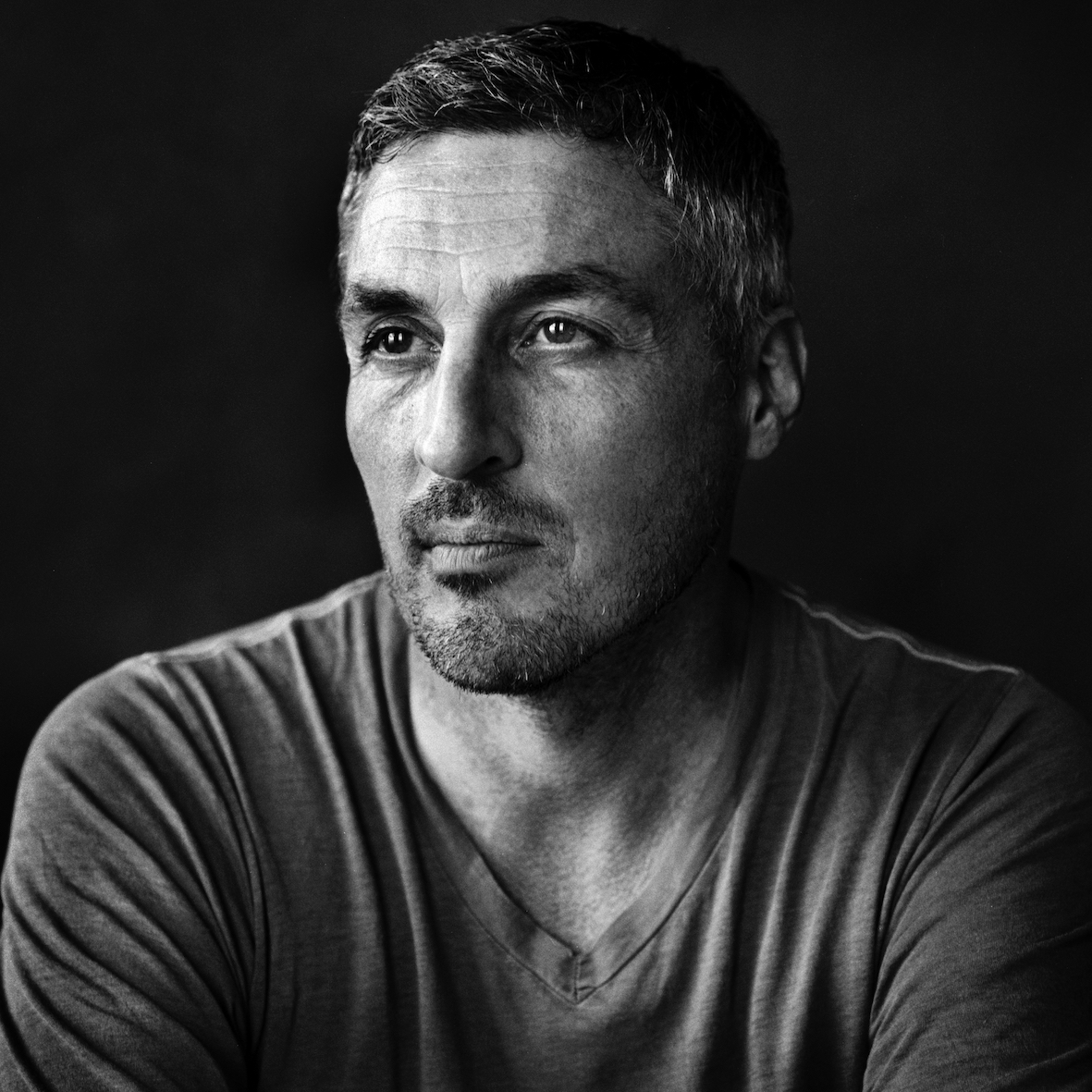Ryerson Alumnus Finbarr O’Reilly chosen as this year’s Nobel Peace Prize Photographer

Ryerson Alumnus Finbarr O’Reilly chosen as this year’s Nobel Peace Prize Photographer
Award-winning photojournalist Finbarr O’Reilly has been chosen as the Nobel peace prize photographer for this year. O’Reilly, (external link) along with photographers from Ethiopia, will be creating an exhibition representing the work of the peace prize laureate, Ethiopian prime minister Abiy Ahmed Ali.
“It's an honour to be affiliated and associated with one of the most preeminent awards in the world,” said O’Reilly. “The challenge is to do that justice in the photographic and journalistic way.”
The Nobel Peace Prize, presented to laureates at the Oslo City Hall in Norway, is awarded to individuals who have held or promoted peace congresses, have partaken in the abolition or reduction of standing armies, or who have opened the way to political freedom. Previous winners include Malala Yousafzai, Jimmy Carter, Lester B. Pearson, and Martin Luther King Jr.
Ahmed Ali is being honoured for his contributions as a peacemaker; for forging a peace deal with Ethiopia’s neighbour Eritrea, bringing the border war to a stalemate, and for providing opportunities for an opposition government and political freedoms to thrive in Ethiopia.
For the exhibition, O’Reilly will be documenting women who have been appointed to positions of power by Ahmed Ali either as the first female president in Ethiopian history, within his cabinet, or as head of the supreme court. Ahmed Ali has also released political prisoners, so O’Reilly will also be photographing prisons that have been closed, former detainees, as well as general photographs of ethipoean society.
“You're brought on board for your experience as a photojournalist, and what you bring to the job,” said O’Reilly. “In this case it's fortunate that my experience working in Africa applies to this particular winner.”
In 1997, O’Reilly completed Ryerson’s two-year graduate journalism program. Since then he has worked for Reuters as a correspondent in Kinshasa, and later as a photographer covering West and Central Africa, and the Middle East.
During his time at Reuters, O’Reilly wrote stories and covered the Second Congo War (1998-2003). He said that since much of the media coverage of the time focused on 9/11 and the Middle East andAfghanistan, he began using photographs with his stories in order to draw attention to what was happening in Africa.
“When I started publishing pictures with [the stories], those pictures ended up on the front pages of newspapers or double page spread on magazines,” said O’Reilly. “It was then that I really began to understand the power of photography to reach people to tell stories.”
O’Reilly believes it was the power of the image that conveyed an immediate and emotional impact to readers or viewers who were on the other side of the world.
“The hope is that it would prompt people to try and find out more about the situation depicted in the images,” said O’Reilly. “It was a way of getting the stories in front of people...to draw attention to the places and the issues I was covering that often felt overlooked.”
In 2006 he won the World Press Photo of the Year, capturing a photo depicting the recurring famine in Niger, through the image of a mother and the hand of her starving child. As a photojournalist amidst constant crisis and war, he was profiled in the documentary, Under Fire: Journalists in Combat (external link) , written and directed by Canadian director/writer Martyn Burke. In the film, viewers are shown the potential psychological costs of covering war.
He has co-authored a nonfiction memoir titled Shooting Ghosts (external link) , detailing his life covering conflict and violence as a reporter and photographer during his time with Reuters.
Now an independent photographer and photojournalist, O’Reilly is currently working on numerous projects; one being a documentary film based in Madagascar about criminality behind the vanilla trade. But after completing this exhibition he plans to come back to Ethiopia to explore and do more work in the country.